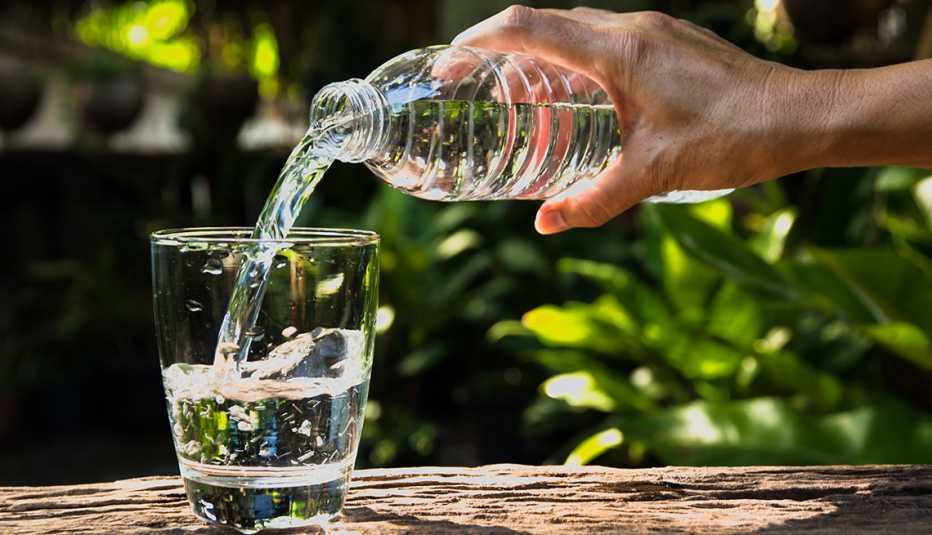When it comes to ensuring clean and safe drinking water, two processes often come up: disinfection and filtration. While both are essential components in water treatment, they serve distinct roles in improving water quality. Understanding their differences is key to determining which process or combination is best suited for specific water treatment needs.
What is Filtration?
Filtration is the physical process of removing contaminants from water using a porous material (filter media) such as sand, gravel, or activated carbon. The primary goal of filtration is to remove particles, dirt, sediment, and other visible impurities that can affect the clarity of water. There are various types of filters, including:
- Sand Filters: Remove larger particles and debris.
- Activated Carbon Filters: Absorb chemicals, chlorine, and bad odors.
- Reverse Osmosis Filters: Remove dissolved salts, minerals, and many other contaminants.
Filtration is effective at eliminating particles, but it doesn’t address microorganisms or pathogens like bacteria, viruses, and protozoa.
What is Disinfection?
Disinfection, on the other hand, is a chemical or physical process used to destroy harmful microorganisms in water. While filtration removes physical impurities, disinfection targets bacteria, viruses, and other pathogens that may still remain after filtration. Common disinfection methods include:
- Chlorination: The most common method, which uses chlorine to kill pathogens.
- Ultraviolet (UV) Light: Exposes water to UV rays, damaging the DNA of microorganisms, rendering them harmless.
- Ozonation: Uses ozone gas to destroy microorganisms by breaking down their cellular structure.
- Chemical Disinfectants: Other chemicals, like iodine or bromine, can be used for disinfection in specific scenarios.
Disinfection is crucial for making water microbiologically safe, especially in situations where filtration alone cannot remove harmful pathogens.

Key Differences Between Filtration and Disinfection
Purpose:
- Filtration: Primarily removes physical particles like sand, dirt, and sediments.
- Disinfection: Kills or inactivates harmful microorganisms such as bacteria, viruses, and parasites.
- Filtration: A physical process using a porous medium.
Disinfection: A chemical or physical process to eliminate pathogens.
- Filtration: Effectively improves the water's clarity and removes larger particles.
- Disinfection: Targets harmful microorganisms that can cause illness or infection.
Complementary Processes:
- Filtration and disinfection often work together to provide safe drinking water. While filtration can improve the aesthetic quality of water, disinfection ensures it is microbiologically safe.
